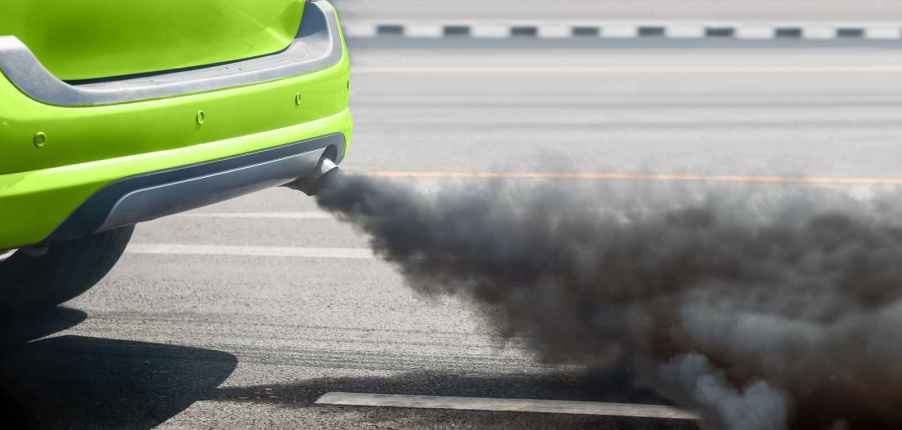
What does it mean when a car burns oil?
If you’ve ever heard that a vehicle “burns oil,” “drinks oil,” “uses oil,” or some such descriptor, it’s not actually something to brag about. When a car burns oil, it means something went wrong…and it’s usually very expensive (if even worth it) to fix.
Cars have several systems that, while they work together, cannot mix. When a system is designed as self-contained and to never lose or exchange substances with another system, it’s called a “closed system.” What’s more, certain components aren’t meant to be touched by “intruding” substances at all, ever.
Motor oil goes into a closed system. In other words, after someone installs the proper amount of oil during a service, the level should never change until it’s drained again.
In an engine block, a pump moves oil up and around the mobile internal components to keep them nicely lubricated. Without it, these engine parts will quickly wear out, causing catastrophic damage.
Many folks might not know that the oil system is separate from the actual work of internal combustion.
Internal combustion motors are designed so that each cylinder receives a measured amount of fuel, air, compression, and spark.
Notice that the formula doesn’t involve oil.
The piston pulls down, making space for fuel and air. Its compression stroke squeezes the mix, and the spark plug ignites it. The resulting energy is transferred to the drivetrain.
Seals called piston rings, striped around the piston like rubber bands around a jar, keep oil separated from the inside of the cylinder. This allows oil to lubricate the connecting rod and crankshaft without seeping into the hollow space where combustion occurs.
Unfortunately, seals wear out. Moreover, some automakers erroneously produce engines with factory defects, like faulty machining, ill-fitting cylinder head gaskets, and so on.
Worn-out seals or defective elements might allow breached oil to enter the combustion chamber. The result? The oil gets lit by the spark plug and burned. The exhaust system will cough out the resulting dark smog.
So, when a car burns oil, you’ll see gray-black or even blue-ish smoke coming out the tailpipe.
Drivers will notice their oil will need to be constantly topped off. They might say things like, “It takes two quarts a month” or “a quart between changes,” for instance. Eventually, engine performance declines.
What to do if you think your car burns oil
Depending on the situation, there are a variety of ways you can handle a car burning oil.
Now, a car that burns oil is quite different from a car that’s leaking oil. External engine leaks are often affordable to repair.
If a vehicle burns oil, though, it’s helpful to follow a flow chart:
Is the vehicle newer, under factory warranty, and do you have proof of all recommended maintenance? Get thee to a certified dealership to diagnose and address the condition.
Is the vehicle used but covered by an aftermarket warranty? Visit an approved facility and file a claim.
Is the car older and not covered by any of the above protections? The easiest next step is to just get into the habit of regularly checking and topping off your oil. Internally clock that you could be car shopping soon.
Of course, you could take it to a shop for a formal diagnostic. The prognosis probably won’t be fun to hear, though.
Keep in mind that if you aren’t paying close attention to a car that burns oil, the condition can quickly cause expensive damage, up to and including totally ruining the engine.



